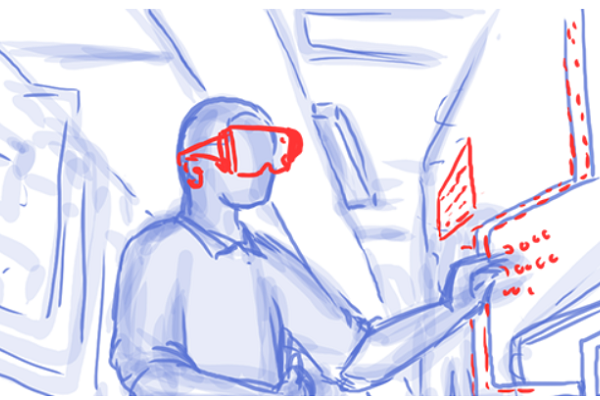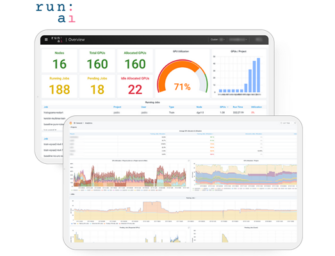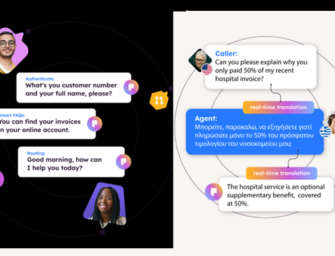US Military Unveils Plans for Developing an AI Assistant at DARPA
 The U.S. military has sketched out plans to develop a virtual assistant to help complete tasks more efficiently and with fewer errors with the new Perceptually-enabled Task Guidance (PTG) program. The AI supporting the PTG virtual assistant is under development at the Defense Advanced Research Projects Agency (DARPA), which is also soliciting proposals from outside contractors.
The U.S. military has sketched out plans to develop a virtual assistant to help complete tasks more efficiently and with fewer errors with the new Perceptually-enabled Task Guidance (PTG) program. The AI supporting the PTG virtual assistant is under development at the Defense Advanced Research Projects Agency (DARPA), which is also soliciting proposals from outside contractors.
DARPA AI
DARPA is setting out to create a virtual assistant as a way for people in the military to better handle the ever-more complex tasks they have to complete using increasingly sophisticated equipment capable of collecting an overwhelming amount of data. The military decided the current crop of virtual assistants aren’t able to bring the support and coordination of information necessary, and the PTG program is needed. The goal is an AI that can help users go about their job with visual and audio guides, conversing with them as to answer questions and alert them to any potential mistakes. DARPA suggested the AI might be put to use to help repair machines, perform emergency medicine, and be a navigator during travel. The PTG virtual assistant wouldn’t just have rote responses either. It would adapt to the person using it and the circumstances around them, integrating what they are doing physically and measuring their emotional state and how much attention they are paying to craft its approach.
“In the not too distant future, you can envision military personnel having a number of sensors on them at any given time – a microphone, a head-mounted camera – and displays like augmented reality headsets,” DARPA program manager Dr. Bruce Draper said in a statement. “These sensor platforms generate tons of data around what the user is seeing and hearing, while AR headsets provide feedback mechanisms to display and share information or instructions. What we need in the middle is an assistant that can recognize what you are doing as you start a task, has the prerequisite know-how to accomplish that task, can provide step-by-step guidance, and can alert you to any mistakes you’re making.”
Virtual Military
The PTG is the latest of the U.S. military’s publicly announced efforts to develop AI assistants. The Navy recently started looking for ideas for a virtual assistant that could help run sonar scans for submarines, while the Army is working on the Joint Understanding and Dialogue Interface, JUDI, that will relay voice commands from soldiers to robotic vehicles. Virtual assistants in the military are likely to pop up globally in the near future. The Russian military is working on something similar, testing a voice assistant in Marker combat drones, autonomous tanks. Russia has plans for AI in the sky too, adding a voice assistant named Rita to the new MiG-35 fighter jets. Rita is supposedly capable of offering ideas to pilots during combat. DARPA has a long history in the field however, as it helped fund the research that led to Siri, and developed the Personalized Assistant that Learns (PAL) about 20 years ago. The PTG program simply extends those concepts into new terrain.
“Increasingly we seek to develop technologies that make AI a true, collaborative partner with humans,” Draper said. “Developing virtual assistants that can provide substantial aid to human users as they complete tasks will require advances across a number of machine learning and AI technology focus areas, including knowledge acquisition and reasoning.”
Follow @voicebotai Follow @erichschwartz
The US Navy Wants a Virtual Assistant to Help Hunt Submarines
The US Army is Building a Voice Assistant Named JUDI to Control Robots
The Russian MiG-35 Fighter Jet’s Voice Assistant Will Advise Pilots in the Air








